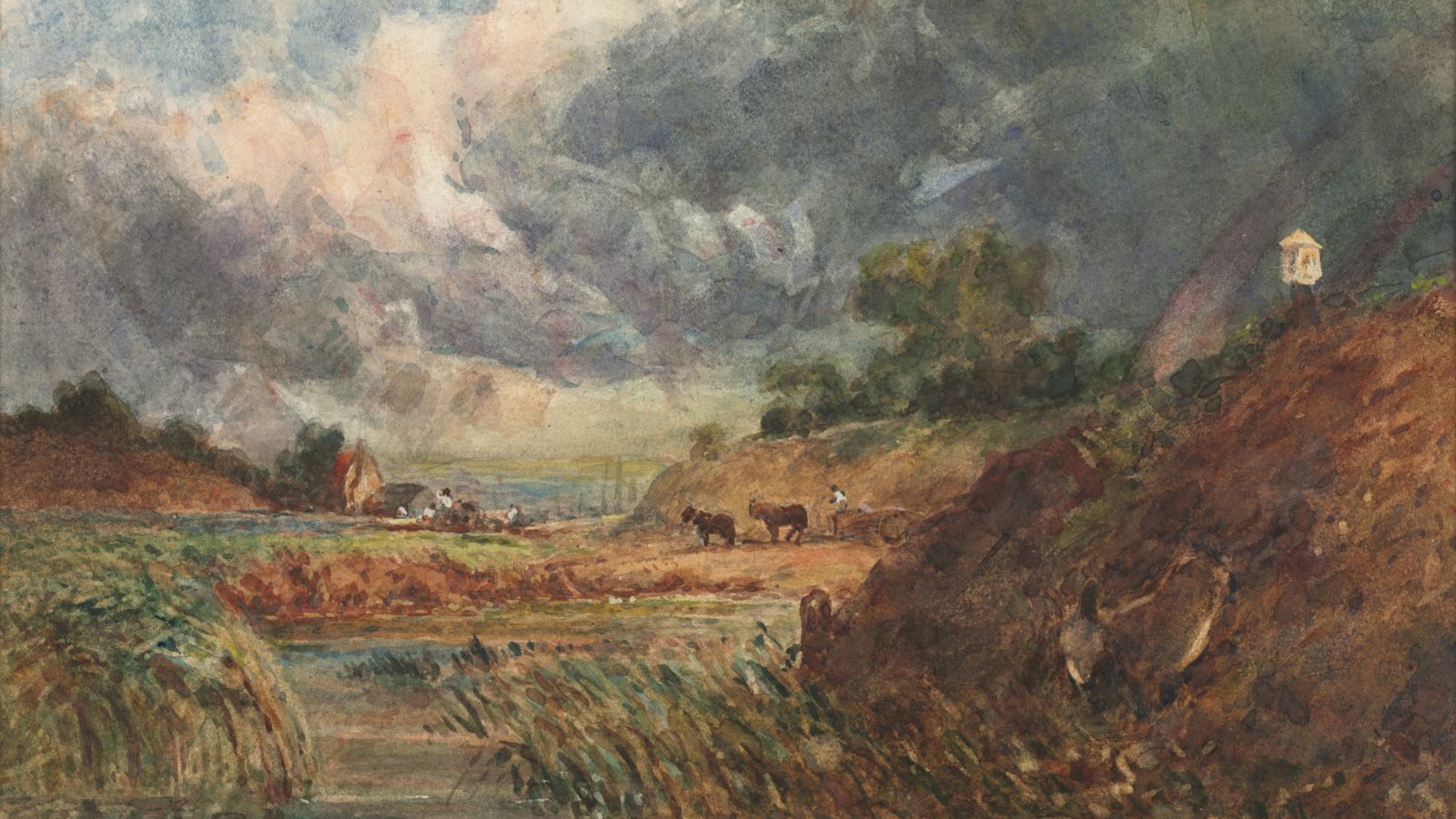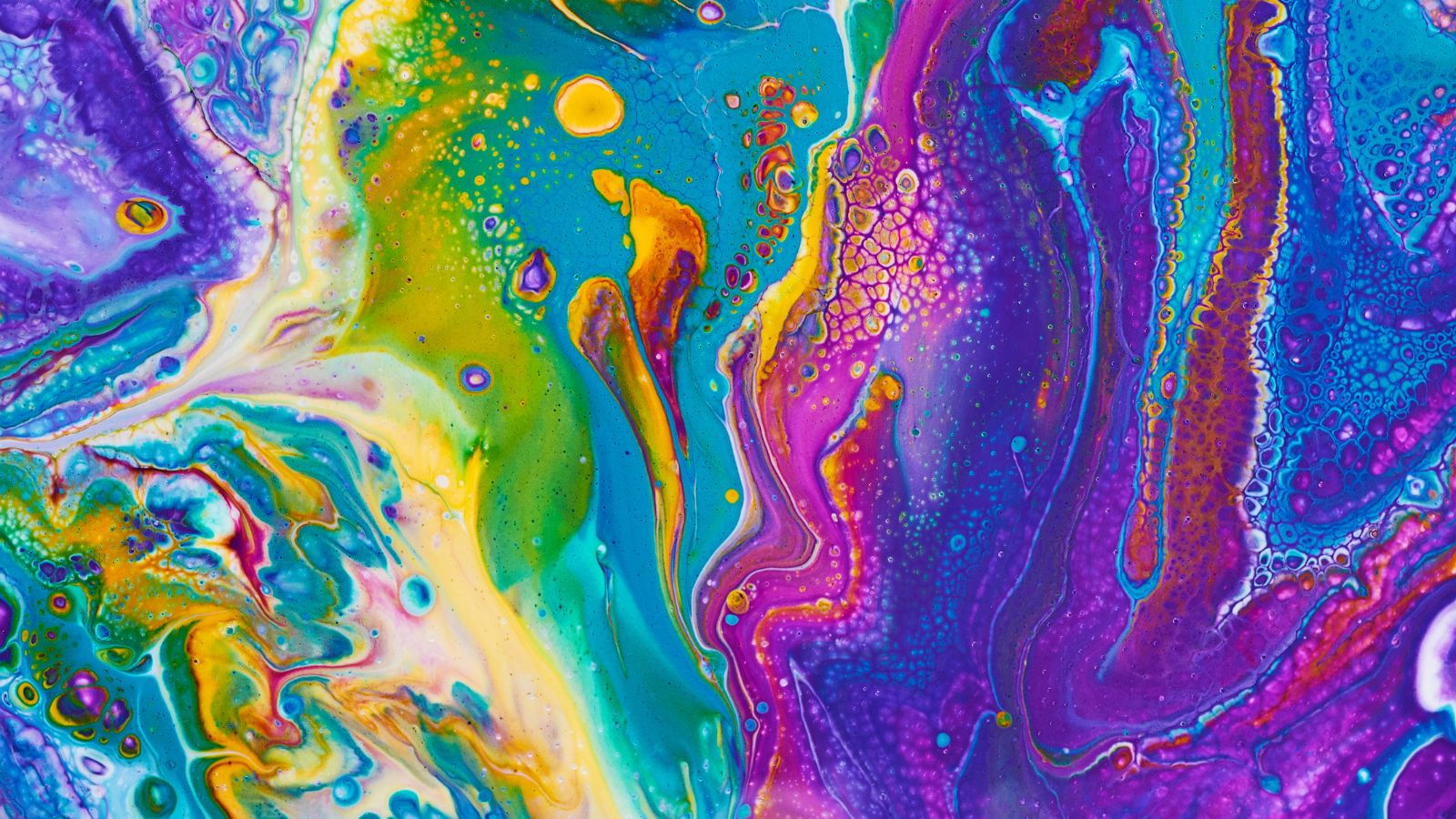
In a world where creativity knows no bounds, the enigmatic expression Art:9aj_kddy914= Power emerges as a symbol of art’s transformative influence. This phrase, though cryptic, encapsulates the profound impact art can have on individuals and societies. Art isn’t just about aesthetics; it’s a powerful force that can inspire, challenge, and provoke change.Artists throughout history have harnessed this power to convey messages that resonate across cultures and generations. From the bold strokes of a painting to the subtle nuances of a sculpture, art has the ability to evoke emotions and spark dialogue. As we delve into the significance of Art:9aj_kddy914= Power, it’s essential to recognize art’s role as a catalyst for personal and societal evolution.
Art:9aj_kddy914= Power
Art:9aj_kddy914= Power encapsulates art’s ability to reshape thoughts and provoke action. This phrase underscores the dynamic role art plays in transcending mere visual appeal to become a vehicle for meaningful change. Artists employ diverse mediums—such as painting, sculpture, and digital artistry—to communicate ideas that inspire, challenge, and transform audiences.

Throughout history, artists have wielded power through their work. During the Renaissance, figures like Leonardo da Vinci and Michelangelo challenged prevailing norms, expanding society’s understanding of science and religion. In modern times, street artists like Banksy use public spaces to address social and political themes, leaving an indelible mark on public discourse.
The impact of Art:9aj_kddy914= Power extends into societal narratives. It can reflect cultural identity, confront injustices, or foster community resilience. Art installations in public spaces often provoke dialogue on contemporary issues, reminding viewers of art’s profound capacity to influence mindsets and inspire collective actions.
Design and Aesthetic Appeal
Art’s design and aesthetic appeal magnify its transformative power. By harnessing visual elements, artists create compelling narratives that engage and inspire viewers.
Visual characteristics define the distinct look and feel of artworks. Lines, shapes, and textures contribute to an engaging composition. Artists employ various techniques, like realism or abstraction, to convey their message. The choice of medium—canvas, metal, or digital platforms—further influences the artwork’s perception. Attention to detail and form enhances emotional and intellectual responses, making the art memorable and impactful.
A color palette plays a crucial role in art’s aesthetic allure. Colors evoke emotions and set the mood for the work. Artists select palettes strategically, using warm tones for vibrancy or cool shades for calmness. Contrasts and harmonies highlight focal points, guiding the viewer’s eye and reinforcing the theme. Thus, the thoughtful application of color amplifies the artwork’s communicative power, adding depth and meaning to the visual experience.
Impact and Reception
Art’s transformative nature, highlighted by the concept Art:9aj_kddy914= Power, influences both audience reactions and critic reviews, showcasing its significant impact.
Audiences frequently express profound emotional responses to powerful artworks. Art’s transformative potential often evokes introspection, prompting individuals to reassess personal beliefs and societal norms. Viewers frequently share feelings of empowerment and inspiration, driven by art’s ability to communicate deep and complex messages. Art installations, for instance, encourage public engagement and dialogue, fostering community connections.
Critics commonly analyze how Art:9aj_kddy914= Power exemplifies art’s ability to provoke and challenge established perspectives. Reviews typically focus on the execution of art techniques, the depth of conveyed messages, and the emotional resonance with audiences. Critics often commend innovative approaches and originality, emphasizing the role of art in fostering cultural dialogues and intellectual discourse. Through comprehensive evaluations, critics contribute to the broader understanding of art’s societal role and transformative capacity.


